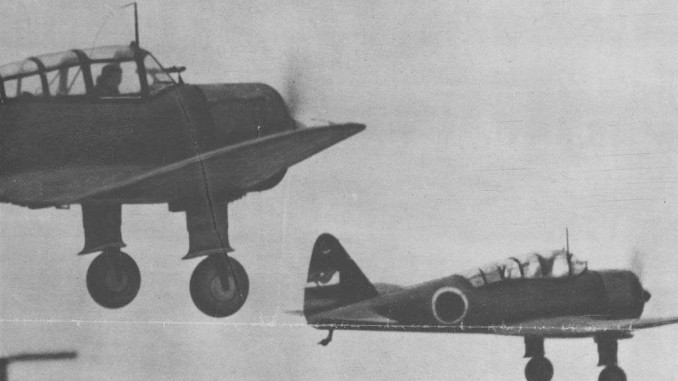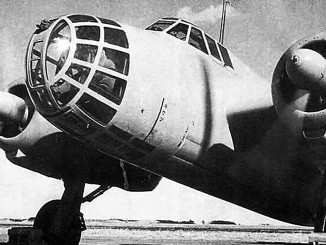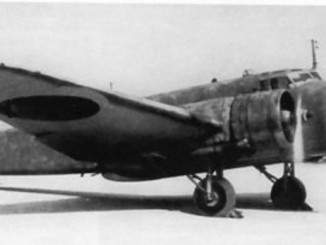
The Tachikawa Ki-36 was a small Army co-operation aircraft, essentially a light bomber, of the Japanese Army. It was designed to fulfil the role of an artillery spotter and light reconnaissance type, as well as acting as a bomber. It could also drop and retrieve messages from the ground when troops suspended messages on long poles for the aircrew to gather.
As designed the Ki-36 had a small Hitachi Ha-13 engine, which produced 450hp. It had fixed landing gear, and a large greenhouse-style canopy that gave excellent all-round visibility. It had small side and belly windows so that the observer had a better view of the ground. It could carry around 10 small bombs for attacking light targets such as vehicles or troops in the open, and was equipped with a pair of 7.7mm machine guns.
During Nomonhan, the Ki-36 performed well in uncontested skies but was found to be extremely vulnerable to enemy fighters unless it had heavy fighter escort. This experience continued as the Pacific War unfolded, with Ki-36s proving unable to operate in regions where Allied fighters were active.
A version of the Ki-36 was also produced as the Ki-55 trainer, after the army realised that the benign handling characteristics of the type would be ideal as an advanced aircraft for training. 24 of the Ki-55s were sold to the Royal Thai Air Force in 1942, who used them in the training role.
In 1942, the Ki-36 was assigned the Allied Reporting Name “Ida”. When the Ki-55 was encountered by Allied pilots later in the war it was assigned the same reporting name.
Tachikawa Ki-36 Type 98 Specifications
| Tachikawa Ki-36 | |
| Role | Army Co-operation |
| Crew | 2: Pilot, observer |
| Powerplant | 1x Hitachi Amakaze 21 (515hp) |
| Speed | 146mph (cruise) 216mph (max) |
| Ceiling | 26,740ft |
| Range | 767 miles (internal) |
| Armament | 2x Type 89 7.7mm Machine gun |
| Ordnance | 331lb bombs |
| Dimensions | 25ft 3in (length) 38ft 9in (wingspan) 11ft 11in (height) |
| Wing Area | 215 sq.ft. |
| Weight | 2,749lb (empty) 3,660lb (gross) |
| Number produced | 1,334 |




Leave a Reply